Caraway Spice: Caraway Growing In The Garden
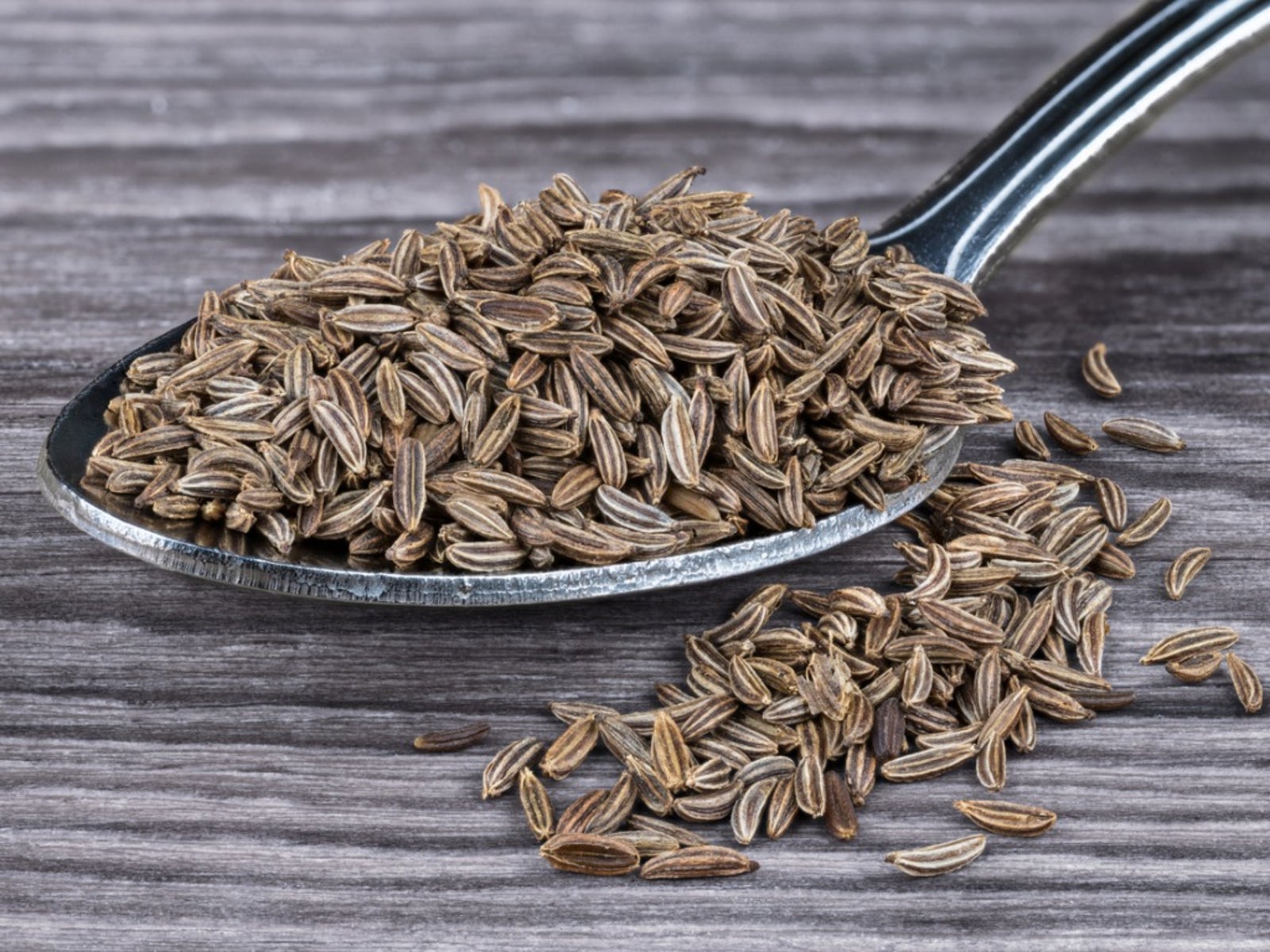

Caraway is a flavorful and aromatic herb. The caraway seed is the most used part of the plant and can be used in baking, soups, stews, and other foods but all parts of the plant are edible. Growing caraway seeds requires some patience, as the caraway plant is a biennial and doesn't do more than grow vegetatively in the first season. The caraway plant resembles a carrot and sets seed in its second year.
Learn About the Caraway Plant
The caraway plant (Carum carvi) is an herbaceous biennial that will mature to 30 inches (75 cm.) tall. The plant is only about 8 inches (20 cm.) tall in the first season with carrot-like foliage and a long taproot. By the second year, the plant will triple in size and the foliage becomes more feathery with stout stems. Tiny white flowers appear on the umbels, which begin in May and last until the end of summer. The spent flowers yield small hard brown seeds-- the caraway spice that is an important part of many regional cuisines.
How to Grow Caraway
Caraway spice is an under-used and infrequently grown plant in most herb gardens. It is native to Europe and western Asia where it thrives in full sun and well drained soil with pH ranges of 6.5 to 7.0. It isn't a good plant for hot, humid climates and prefers cool temperate zones. Sow the seeds 1/2-inch (1 cm.) deep in fall or spring. Once seed germinates, thin the caraway plant to 8 to 12 inches (20-31 cm.) apart. In colder climates, mulch the roots of the plant heavily with straw or organic mulch, which will add nutrients to the soil. Germination is slow and sporadic when growing caraway seeds, and the herb may be intercropped to help prevent weeds and manage soil conditions. Very little cultivation is required in caraway growing, but adequate moisture is an important component in the first year. The foliage of caraway plants need to be kept dry during irrigation, so a drip hose is an excellent way to keep the soil moisture level up. Cut the plant back in the fall as it will die back and re-sprout in spring. Caraway has few pests or disease problems. Plant a second crop a year after the first for consistent production.
Harvesting Caraway
Caraway growing provides you with a fresh source of spice that is adaptable and stores well. All parts of the caraway plant are edible. Harvest the leaves in the first or second years to add flavor to salads. When the plant has produced seed, dig up the taproot and use it as you would any root vegetable. The seeds are harvested when they turn a rich, deep brown color. Cut the umbels off the plant and put them in a paper bag. Let them dry in an open bag for a few days and then shake the bag to remove the caraway spice. Herb gardens are more complete when you grow caraway and add the characteristic flavor to your spice rack.
Gardening tips, videos, info and more delivered right to your inbox!
Sign up for the Gardening Know How newsletter today and receive a free copy of our e-book "How to Grow Delicious Tomatoes".

Bonnie Grant is a professional landscaper with a Certification in Urban Gardening. She has been gardening and writing for 15 years. A former professional chef, she has a passion for edible landscaping.
-
 Try The Trend – Turn Any Bed Into A Keyhole Garden With This Clever In-Ground Composter
Try The Trend – Turn Any Bed Into A Keyhole Garden With This Clever In-Ground ComposterKeyhole gardening is an efficient and sustainable practice that saves space. Get started on this DIY project quickly and easily with an in-ground composter.
By Bonnie L. Grant
-
 4 Superfast Composting Methods: Turn Waste Into Garden Gold In 30 Days Or Less
4 Superfast Composting Methods: Turn Waste Into Garden Gold In 30 Days Or LessTry the fastest composting methods to turbocharge your pile and transform kitchen scraps and garden waste into finished compost in just a few weeks.
By Mary Ellen Ellis
-
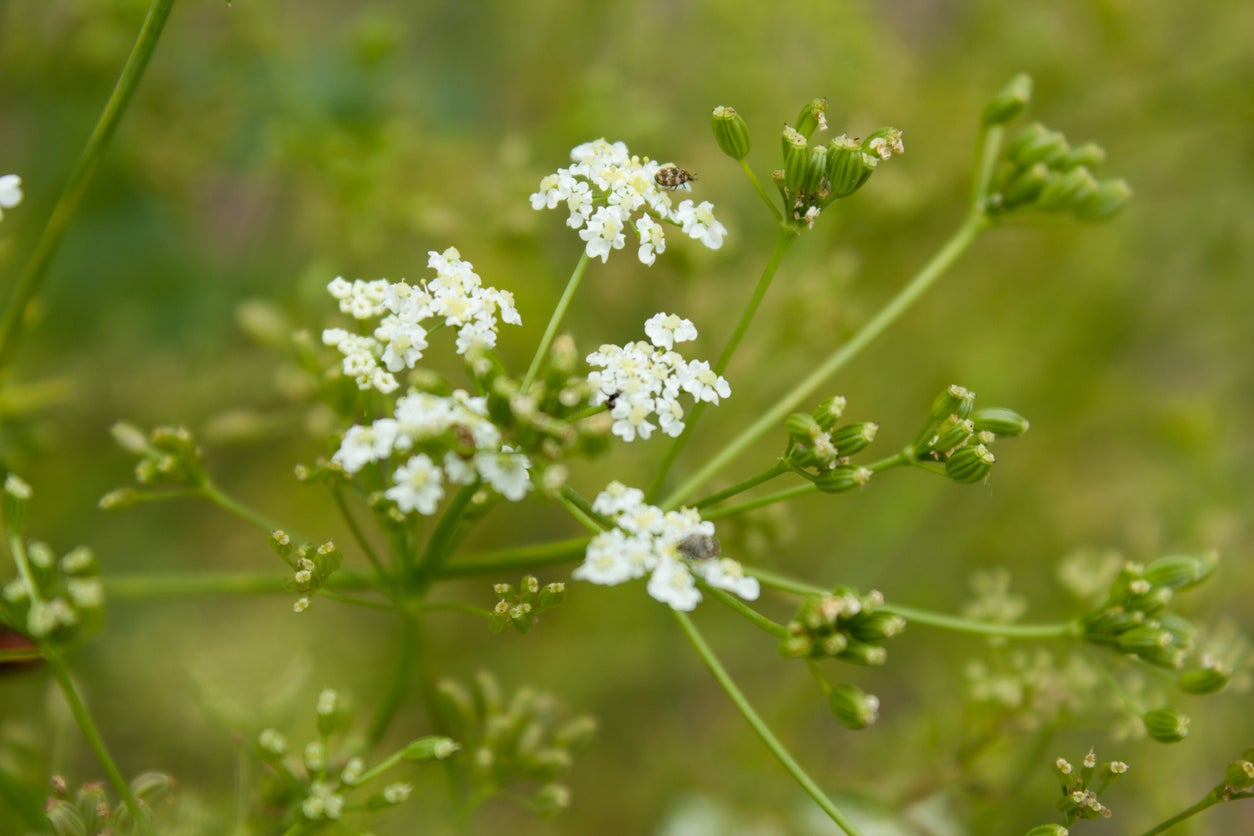 Varieties Of Caraway – Are There Different Caraway Plant Species You Can Grow
Varieties Of Caraway – Are There Different Caraway Plant Species You Can GrowYou can grow and harvest your own seed to use in the spice cupboard, but first you need to choose the varieties of caraway that will perform best in your garden. There are approximately 30 caraway plant species. Learn about some of them in this article.
By Bonnie L. Grant
-
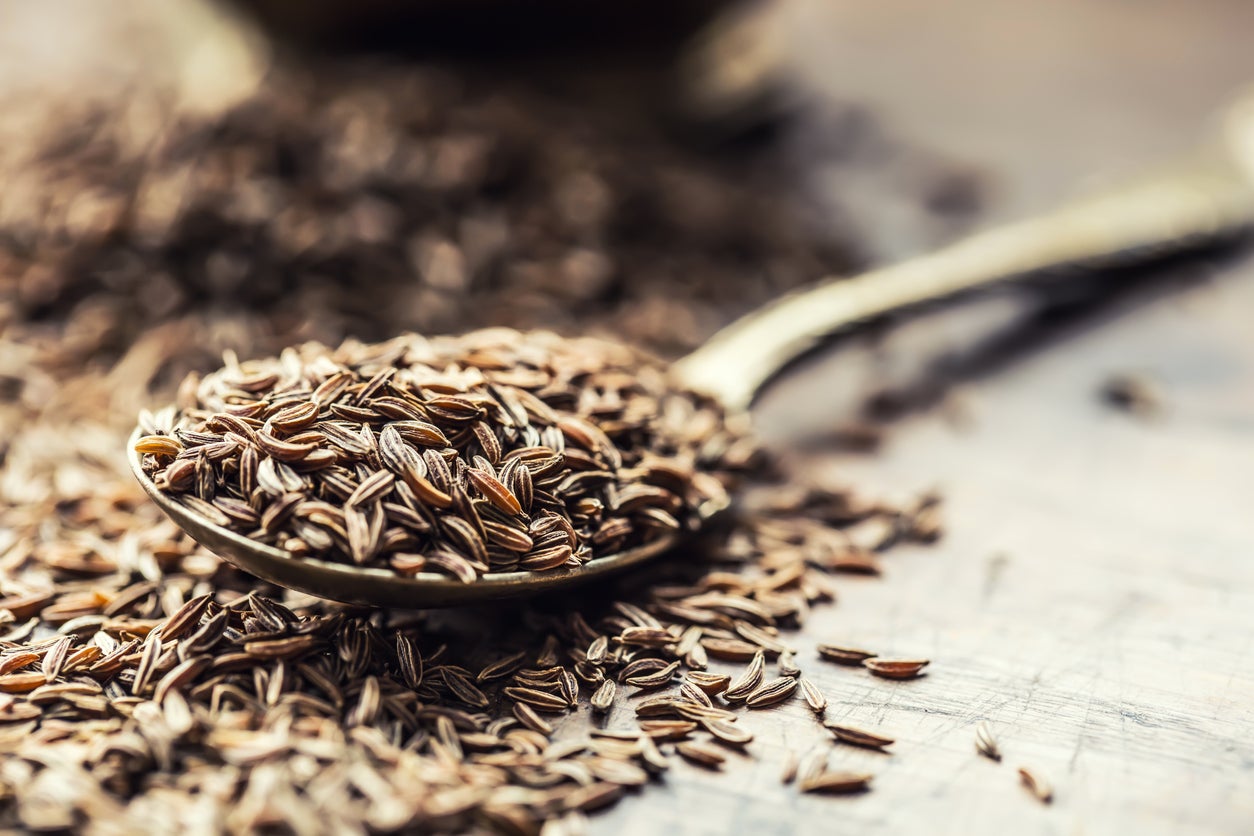 Storing Caraway: Learn How To Dry Caraway Seeds
Storing Caraway: Learn How To Dry Caraway SeedsIf you’re wondering how to preserve caraways seeds from plants grown in your garden, drying caraway is the easiest and safest way to go. Want to learn how to dry caraway seeds? Click this article for easy instructions.
By Mary H. Dyer
-
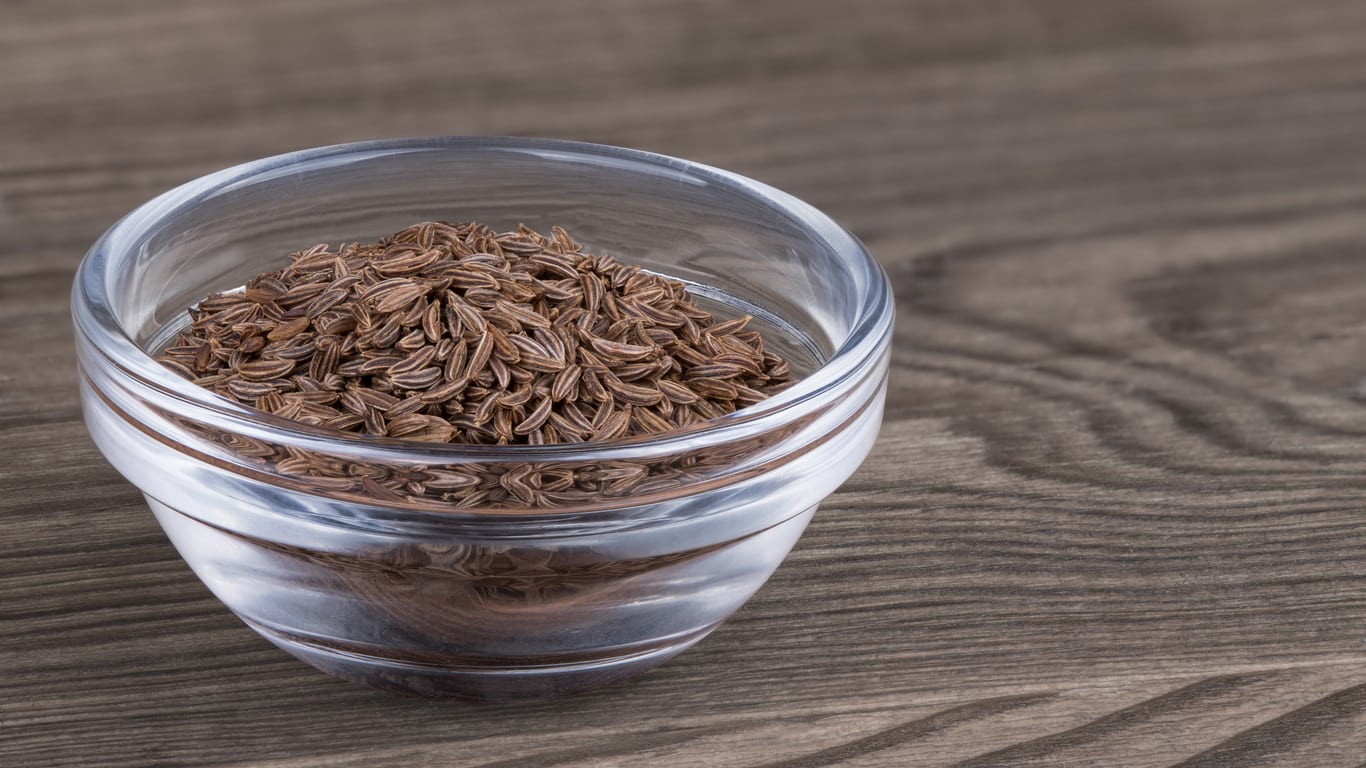 Common Caraway Benefits – Is Caraway Good For You
Common Caraway Benefits – Is Caraway Good For YouIs caraway good for you? Many gardeners are impressed by the health benefits of caraway and grow it for medicinal purposes. For information on using caraway for health, the following article can be of help. Click here to learn more.
By Teo Spengler
-
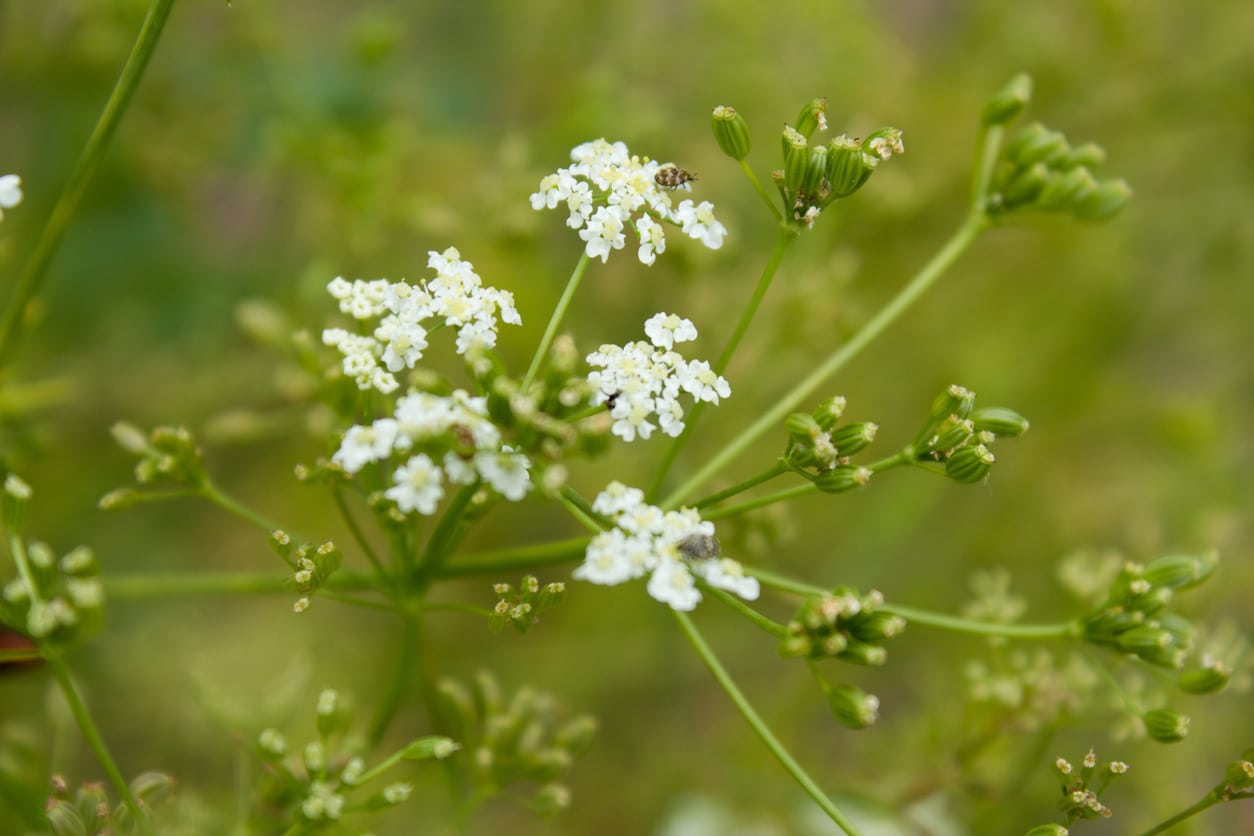 Caraway Issues In The Garden – Dealing With Disease And Pests Of Caraway
Caraway Issues In The Garden – Dealing With Disease And Pests Of CarawayCaraway is a biennial plant cultivated for its anise-like flavored seeds. It is a fairly easy herb to grow with very few caraway issues. Closely related to both carrots and parsley, problems with pests and diseases of caraway tend to be of the same kind. Learn more here.
By Amy Grant
-
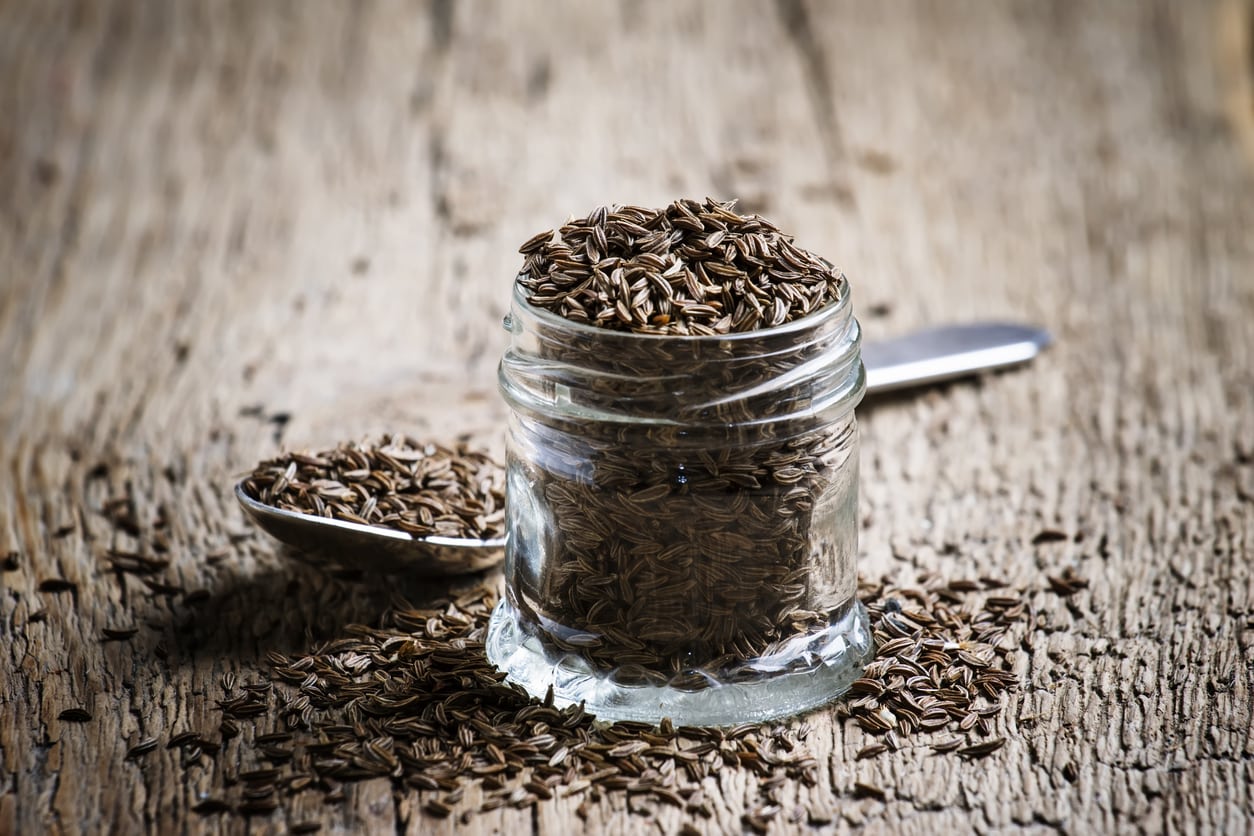 Caraway Uses – What To Do With Caraway Plants
Caraway Uses – What To Do With Caraway PlantsIt’s the caraway that sets rye bread apart from all other deli breads, but did you ever wonder how else to use caraway seeds? There are a plethora of caraway uses. Click this article if you’re interested in what to do with caraway post plant harvest.
By Amy Grant
-
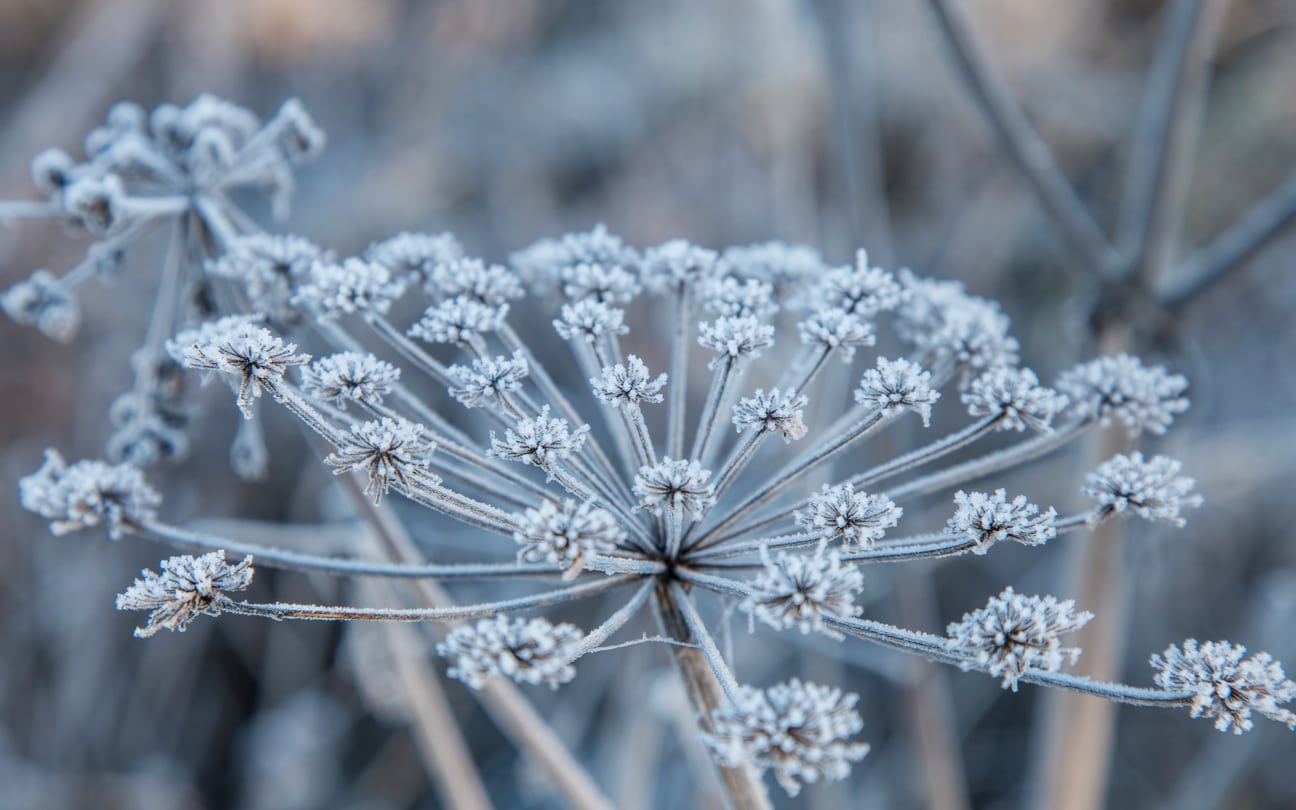 Caraway Winter Care – Caraway Cold Hardiness In The Garden
Caraway Winter Care – Caraway Cold Hardiness In The GardenKeeping caraway in winter isn’t a problem in mild regions, but in chillier areas, caraway winter protection is a must. Click this article to learn about caraway winter planting, caraway cold hardiness, and how to make sure your plants make it to spring.
By Teo Spengler
-
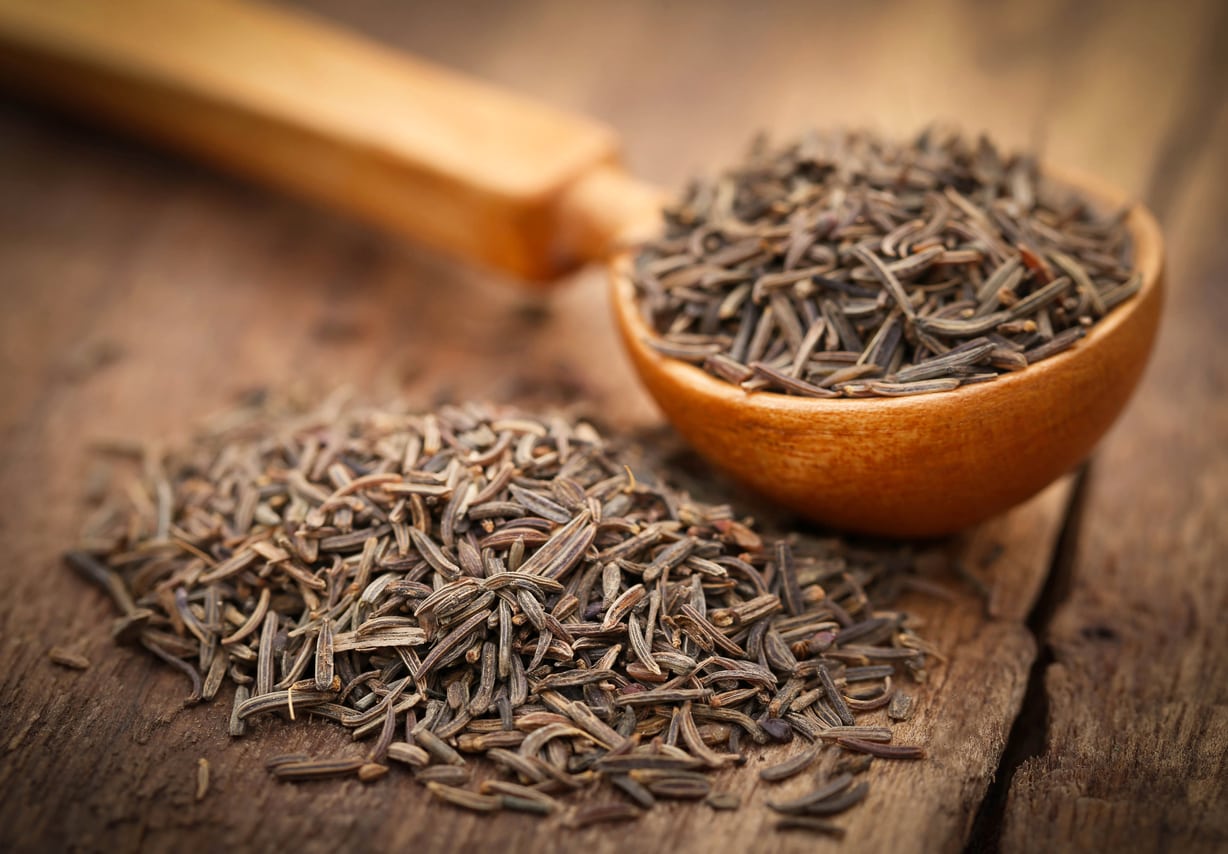 Harvesting Caraway Seeds – When To Pick Caraway Plants
Harvesting Caraway Seeds – When To Pick Caraway PlantsThe most commonly used part of caraway is the seed. It is an easy plant to grow and harvesting caraway seeds is just a two-step process. Click on the following to learn when to pick caraway so the seeds will be at the peak of their flavor.
By Bonnie L. Grant
-
 Failing Caraway Symptoms: Common Diseases Of Caraway Plants
Failing Caraway Symptoms: Common Diseases Of Caraway PlantsCaraway is a great herb to grow in the garden. While most people only think of the seeds as edible, you can actually eat the entire plant, including the roots. Unfortunately, there are some caraway diseases that may harm, or even kill, your plants. Learn about them here.
By Mary Ellen Ellis